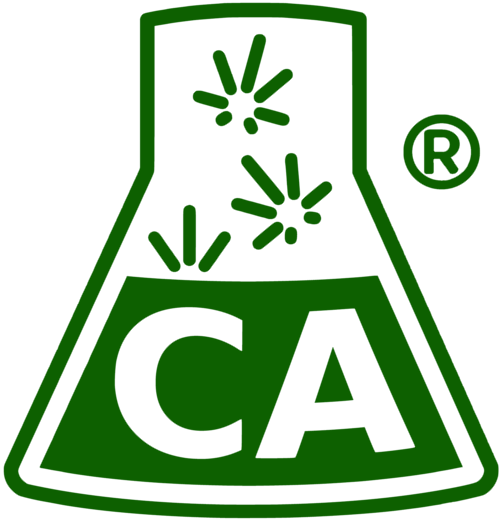Recently, we’ve taken calls from a few customers about the most recent LCB rule changes. There are a few concerns, and these rules are not exactly the easiest things to figure out. Let’s catch you up as we know it.
Good or Bad? And for Whom?
First, let us say right away that we feel good about these changes, and you should too. These most recent rule changes represent a strengthening of our industry’s armor. They are an 18 month overhaul of Quality Assurance rules. They are a big step in the right direction.
The Cannabis Alliance
It is no secret that Confidence is proud to be a member of The Cannabis Alliance (TCA). They are the first lobby organization that proved to us they “walk the talk.” The TCA hosts a committee focused on the regulatory part of I502. It consists of members from across the industry. Members receive regular briefings about the regulatory process as it happens. Over the course of 18 months, they worked with many state agencies advocating for the rules to respect the farmer’s interests. They’ve done an excellent job telling the story of this mammoth effort and how it all turned out. Please review this link – the rest of this post will make much more sense if you do.
Compromises
Participants in the rule change process came from diverse positions across the industry. Thanks to that diversity, the compromises were a net progress for license holders. That said, no-one got everything they wanted. 15lb lots? Not this time. And at the end of the day, the LCB had the final say.
The new required tests should provide some immediate relief for farmers. Former microbial thresholds were restrictive. Particularly so with Washington farmers working toward organic and biodynamic standards and practices. Increased microbial thresholds and a change out for a new test will reduce the fail rate.
Likewise, under the previous rules some things that shouldn’t have, likely were allowed to go to market because the rules were screening for the wrong things. The cost to industry of the 15% industry product loss is immense. Far more than what is spent on compliance tests. These new rules will lead to fewer failures, and when things fail, they’ll fail for better reasons. It is far better for industry to have meaningful and predictable QA screening metrics.
Conducting the new tests required several new instruments. Method development, consumables, disposal, labor, and other overhead, too. While we haven’t changed our prices, these rules are more expensive on a per-sample basis, because the LCB doubled the requirements. We’ve done our best to keep the price point fair to its value. We also have structured volume and bundled discounts; when we save, you save.
So, What’s Next?
Increased testing requirements should come as no surprise. There’s been a lot of press reflecting poorly on the Quality Assurance sector over the past 3 years. Frequent misuse of pesticide and plant growth regulator is a hot topic. Legislators and their respective agencies are also hyper aware of the diversity of drug delivery mechanisms this industry is constantly developing. So long as those two things continue to be true, you can expect the rules to ratchet further in the direction of trace-level contaminant screening. These rules take a big step in that direction.
With increased sensibility in rule making, testing continues to increase its value within the recreational cannabis supply chain. If testing is conducted with scientific integrity, it can provide an unprecedented level of certainty about the product. That certainty translates to consumer confidence, and that benefits everyone in the market.
When everyone benefits together it seems obvious what we need to do next is to continue these efforts, well, together. It seems most of us want what’s right, and when we work together we get closer to it. The way forward is for all of us to keep working together, keeping up to date on the issues, and sharing our voices. The Cannabis Alliance has been an excellent steward of change, and we recommend you give them a look.

